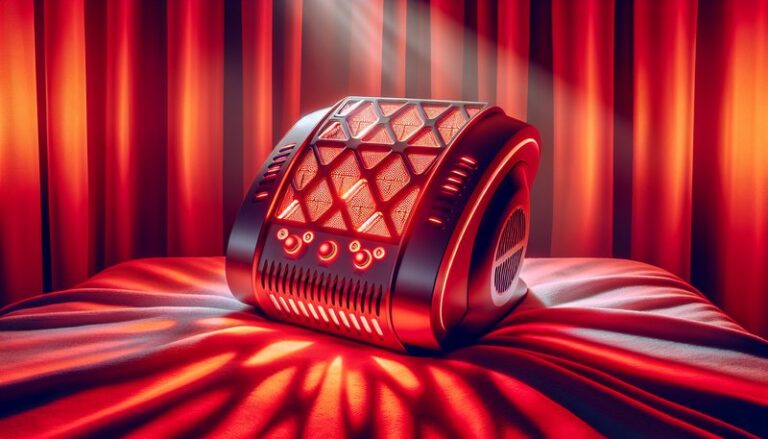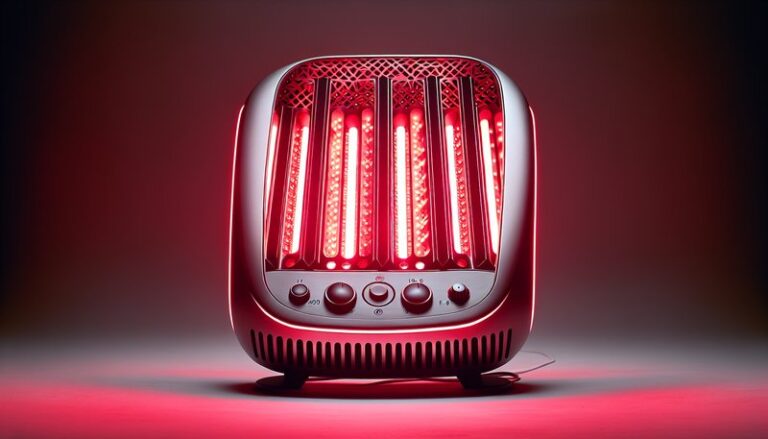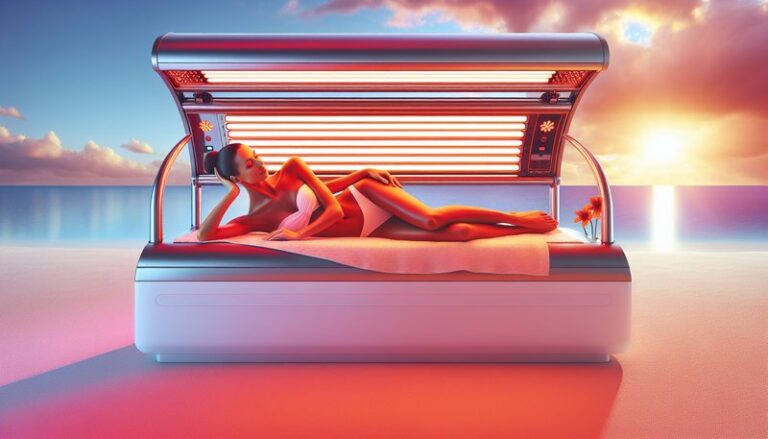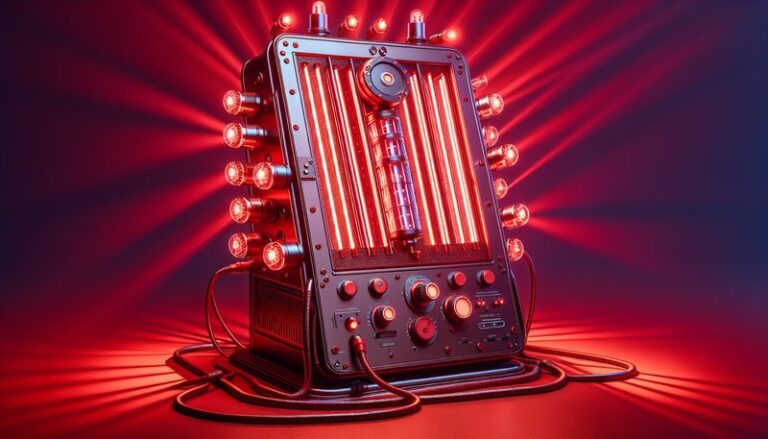What Does Red Light Therapy Treat?
Have you ever wondered how light can enhance healing and skin rejuvenation?
Red light therapy (RLT) has gained significant attention for its therapeutic benefits across various health and wellness domains. This article will explore the conditions that red light therapy is commonly used to treat, its benefits, considerations before starting treatment, alternatives, and frequently asked questions.
Key Takeaways
- Red light therapy is effective in treating acne, inflammation, joint pain, and skin conditions.
- It promotes healing by stimulating cell regeneration and collagen production.
- Considerations such as skin type and treatment duration are essential before starting red light therapy.
What is Red Light Therapy?
Red light therapy involves the use of low wavelengths of red light to penetrate the skin and promote healing. This non-invasive treatment is based on the principles of photobiomodulation, where light energy is absorbed by cells, leading to various biological responses.
First used by NASA for plant growth in space, red light therapy has since been adapted for medical and cosmetic applications. It works by increasing mitochondrial activity in cells, stimulating energy production, and promoting healing processes.
How It Works
Red light therapy typically utilizes light devices that emit wavelengths between 600 to 650 nanometers. These devices can vary from handheld units to larger panels used in clinics. The light penetrates the skin and is absorbed by cells, leading to improved circulation, enhanced tissue repair, and decreased inflammation.
What are the Benefits of Red Light Therapy?
Red light therapy offers a plethora of benefits, addressing both aesthetic and therapeutic needs.
Improved Skin Health
One of the most well-known benefits of RLT is its ability to improve skin health. It promotes collagen production, helping reduce wrinkles, fine lines, and overall skin texture. Studies show that patients using RLT for skin rejuvenation experience visible improvements in skin firmness and elasticity.
Pain Reduction
RLT is effective in managing pain, particularly for individuals with chronic conditions like arthritis and fibromyalgia. By reducing inflammation and promoting circulation, it helps alleviate joint stiffness and muscle aches.
Wound Healing
Another significant benefit is its capacity to expedite wound healing. RLT is used in clinical settings to promote recovery from surgical scars, burns, and wounds, significantly reducing healing time and enhancing tissue repair.
Improved Mood and Sleep Quality
Emerging research suggests that red light therapy can also positively influence mood and sleep quality. By helping regulate circadian rhythms and reducing anxiety symptoms, RLT offers a holistic approach to mental well-being.
See the whole article Can You Use Red Light Therapy on Neck?
Is it Possible to Treat Chronic Pain with Red Light Therapy?
Yes, red light therapy can be a viable option for treating chronic pain. Many patients report significant pain relief from conditions such as arthritis, back pain, and sports injuries.
What are the Advantages of Treating Chronic Pain with RLT?
- Non-Invasive: RLT is a non-invasive treatment option, minimizing the risks associated with surgical procedures or medications.
- Few Side Effects: Most users experience minimal side effects, making it a safer alternative to pharmaceuticals that often come with a risk of dependency or serious complications.
- Accessible: With many at-home devices available, individuals can conveniently experience the benefits of RLT without visiting a clinic.
What are the Disadvantages of Treating Chronic Pain with RLT?
- Variability in Results: Not everyone may experience significant pain relief, as results can vary based on individual conditions.
- Time Commitment: Regular sessions are often necessary to maintain effectiveness, which may be inconvenient for some patients.
- Potential Costs: While many devices are available for home use, professional treatments can be costly.
What are the Things to Consider Before Starting Red Light Therapy?
Before beginning red light therapy, consider several important factors to maximize benefits and ensure safety.
Skin Type and Sensitivity
Individuals should assess their skin type and sensitivity to light. Consulting a healthcare provider can help determine if RLT is appropriate, especially for those with photosensitive conditions.
Treatment Duration and Frequency
Understanding the recommended duration and frequency of sessions is crucial. Many protocols suggest 10 to 20-minute sessions several times a week for optimal results.
Discover Does red light therapy cause cancer?
Underlying Medical Conditions
If you have specific medical conditions or are on medications that increase light sensitivity, it’s essential to consult with a healthcare professional before starting red light therapy.
What are the Alternatives to Red Light Therapy?
While red light therapy offers numerous benefits, there are alternative treatments available that may also provide relief or improvements in health.
Cold Laser Therapy
This therapy uses low-level lasers similar to RLT but with a different mechanism. Cold laser therapy is particularly effective for wound healing and reducing pain without the use of heat.
Ultrasound Therapy
Utilizing sound waves to promote deep tissue healing, ultrasound therapy helps alleviate pain and inflammation, especially in musculoskeletal injuries.
Cryotherapy
Cryotherapy involves exposing the body to extremely cold temperatures to reduce inflammation and enhance recovery. It can be used for pain management and improvement of athletic performance.
Conclusion: Is it Recommended to Use Red Light Therapy?
Red light therapy can be a highly effective treatment for various conditions including skin health, pain relief, and wound healing. Its non-invasive nature and relatively low risk of side effects make it a compelling option for many individuals. However, it is crucial to consider personal health conditions and consult with healthcare professionals before starting treatment.
Frequently Asked Questions
Is red light therapy safe for daily use?
Yes, red light therapy is generally safe for daily use, but it’s recommended to follow treatment protocols and listen to your body’s responses.
How soon can I expect to see results?
Results vary by individual and the specific condition being treated, but many users report improvements within several weeks of regular treatments.
Can I combine red light therapy with other treatments?
Yes, red light therapy can often complement other treatments. However, it’s important to consult with a healthcare provider to avoid potential interactions.
Are there any contraindications for red light therapy?
People with certain medical conditions, particularly those with photosensitivity or active cancers, should consult a healthcare professional before starting red light therapy.
How do I choose the right red light therapy device?
Look for devices that list specific wavelengths (between 600-650nm) and check user reviews, and opt for products that have been clinically tested or are recommended by healthcare professionals.






